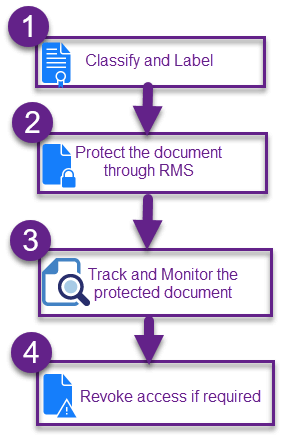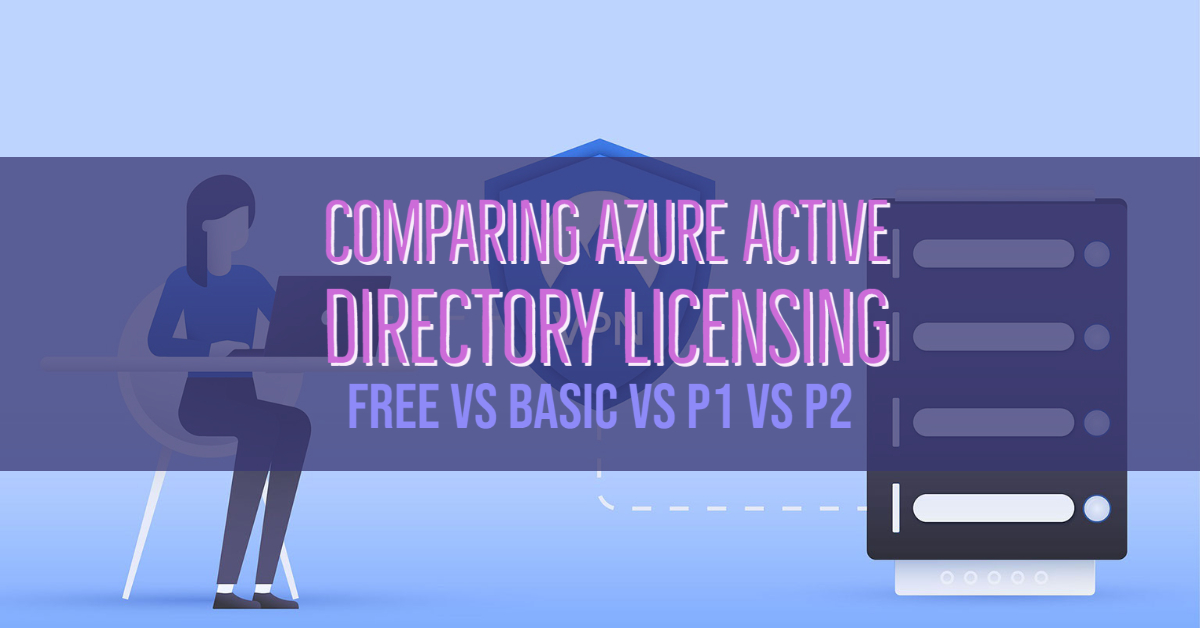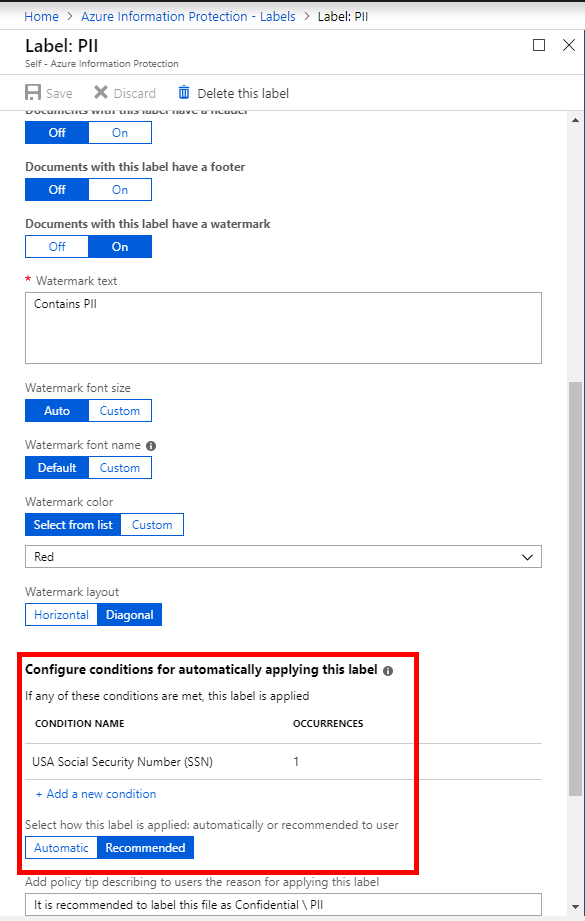

- #Azure information protection p1 vs p2 windows 10#
- #Azure information protection p1 vs p2 android#
- #Azure information protection p1 vs p2 license#
- #Azure information protection p1 vs p2 plus#
NET Framework 4.5.2 (if the viewer is installed separately)ģ. NET Framework 4.6.2 (if this is missing the installer will try to download it)Ģ. If you want to read more about the two clients, you can find some info here: AIP clients and portalĪdditional prerequisites for the AIP Unified Labeling Client:ġ. This is used when you have your configuration in the Office 365 portal.

This is used when you have your configuration in the AIP portal (Azure)ĪzInfoProtection_UL.exe is the Unified Labeling client. There are two clients available for Windows:ĪzInfoProtection.exe is the classic client.

To be able to classify and label information you also need the Azure Information Protection client.
#Azure information protection p1 vs p2 plus#

#Azure information protection p1 vs p2 license#
Office apps minimum version 1805, build 9330.2078 from Office 365 Business or Microsoft 365 Business when the user is assigned a license for Azure Rights Management (also known as Azure Information Protection for Office 365)
#Azure information protection p1 vs p2 windows 10#
Windows phones and tablets: Windows 10 Mobile Office client iPhone and iPad: Minimum version of iOS 11.0ģ.
#Azure information protection p1 vs p2 android#
Android phones and tablets: Minimum version of Android 4.4Ģ. The following mobile device operating systems support the Azure Rights Management service:ġ. macOS: Minimum version of macOS 10.8 (Mountain Lion) Operating systems that support the rights management service:ĥ. For example, for the scanner, for the RMS connector, and for the PowerShell modules) ( Server Core and Nano Server are not supported for any Azure Information Protection feature. Windows Client: 7 (x86, 圆4) Service Pack 1 or higher (Windows 8, 8.1, 10)Ģ. Operating systems (when you want to use the AIP client)ġ. Microsoft Enterprise Agreement Volume Licensing programĢ. It’s available for direct purchase online or through the following programs:ġ. Azure Information Protection Premium P2 (AIP P2 plan)Īzure Information Protection is also available as user subscription license. Azure Information Protection Premium P1 (AIP P1 plan)ĩ. Office 365 Enterprise E5 (Includes AIP P2 plan)Ĩ. Office 365 Enterprise E3 (Includes AIP P1 plan)ħ. Enterprise Mobility + Security E5 (Includes AIP P2 plan)Ħ. Enterprise Mobility + Security E3 (Includes AIP P1 plan)ĥ. Microsoft 365 Business (Includes AIP P1 plan)Ĥ. Information Protection & Compliance license (includes AIP P2 plan)ģ. Microsoft 365 F1/E3/E5 (Note that F1 and E3 includes the AIP P1 plan, and not P2)Ģ. Licensingįor classification, labeling, and protection: You must have an Azure Information Protection plan.ġ. In my case it is already activated, but you may see the activate option here instead.Ĭlick on Activate to active Rights Management. This should bring you into the rights management settings. You may see different things here depending on the version your portal is. In the left pane, expand the service settings.Ĭlick on Rights Management or Microsoft Azure Information Protection to enter the Rights Management dashboard. If you have recently gotten your Office 365 license/portal, this should be done already, but it is easy to check:Įnter the Office 365 admin center via the admin app icon. I will therefore add this post, showing most of the relevant prerequisites.įirst of all, and this will be logical to most of you, but you will need Azure AD, and to use any form of MIP protection (AIP, Office 365 Message Encryption) the Rights Management service needs to be activated. When I am asked things like: I get a message saying: “Rights management isn’t activated”, or “I get an error message activating RMS”, I see that I sometimes forget to add the requirements to some of my articles. I have gotten some feedback from readers that has made me realize that there are a few things that should be added to many of my posts. Sometimes, when you work with something over time, and then want to explain some of the functionality to others, it is easy to jump some steps.


 0 kommentar(er)
0 kommentar(er)
